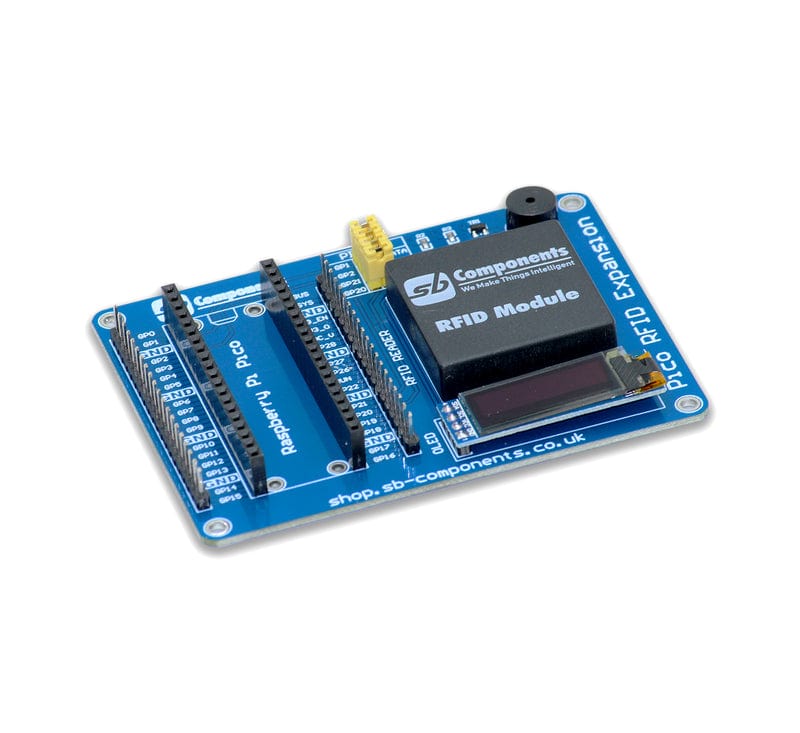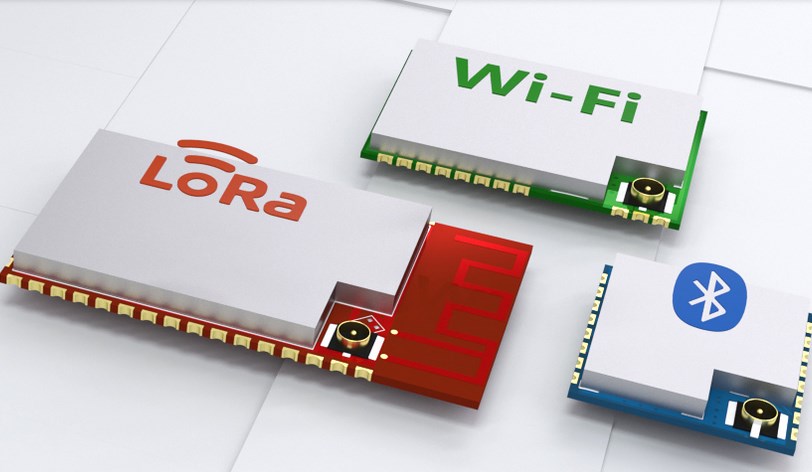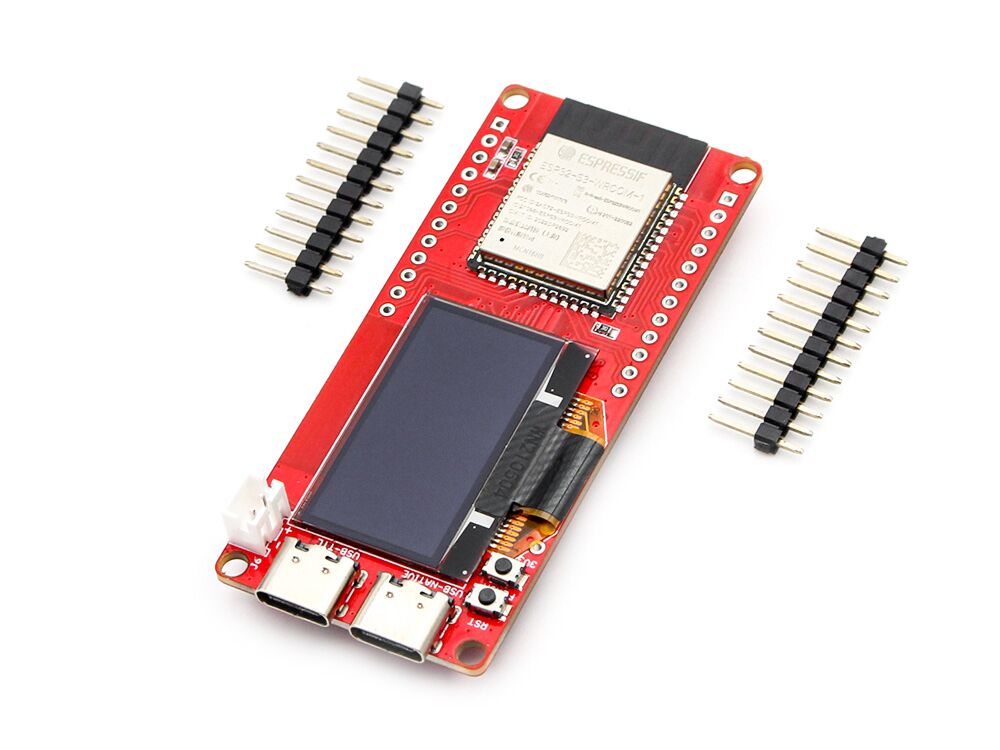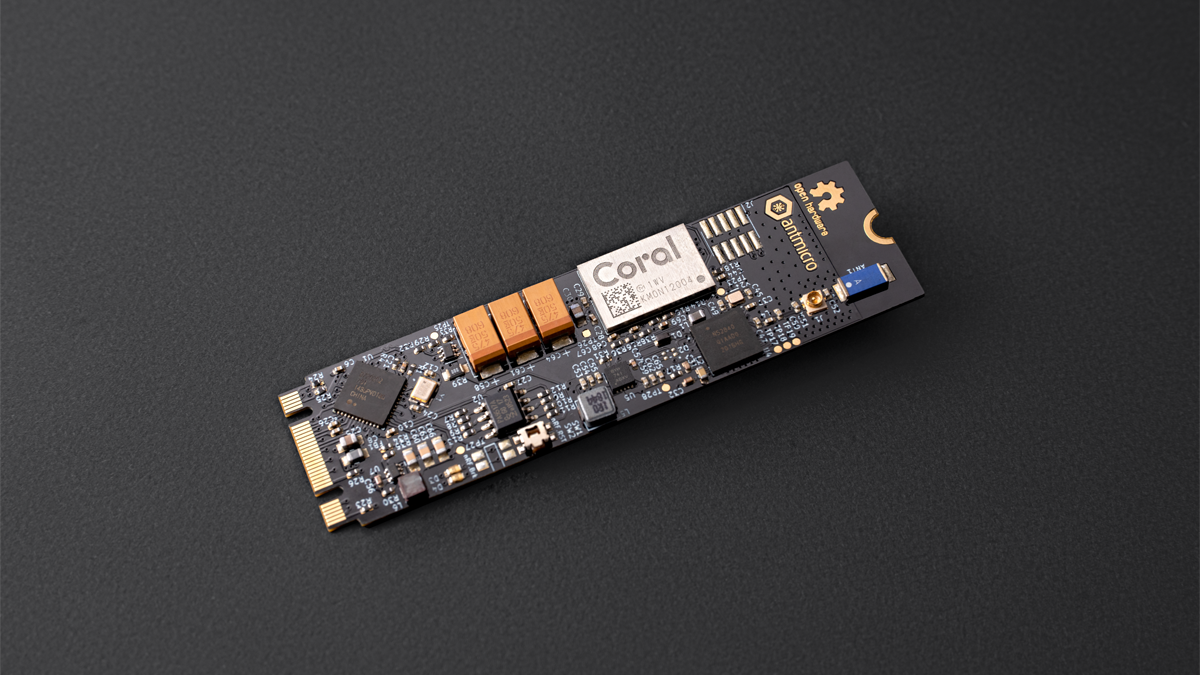WiFi 7 vs Cellular IoT vs LPWAN Wireless Modules: Which to Use in 2025
The evolution of wireless connectivity continues at an unprecedented pace. With the expansion of WiFi 7, Cellular IoT, and LPWAN technologies, enterprises must carefully select Wireless Modules for IoT, smart city deployments, and industrial applications. Choosing the wrong module can negatively impact performance, cost, and scalability. This guide explains key differences, advantages, and practical deployment strategies.
Understanding WiFi 7 Capabilities
WiFi 7 offers high throughput, low latency, and enhanced reliability. It supports 320 MHz channels and 4096-QAM, making it ideal for bandwidth-intensive IoT applications such as AR/VR devices or edge computing. WiFi 7 modules support multi-link operation, enhancing connectivity in densely populated environments. Enterprises benefit from high-speed data transfer and real-time monitoring. However, power consumption remains higher than LPWAN or Cellular IoT solutions, making WiFi 7 modules suitable for devices with stable power sources. Choosing WiFi 7 Wireless Modules ensures maximum speed and responsiveness for data-heavy IoT systems.
Cellular IoT Advantages
Cellular IoT encompasses LTE-M and NB-IoT networks. These modules support secure, wide-area connectivity with low to moderate data rates. Cellular IoT excels in mobility and coverage, making it ideal for logistics, fleet tracking, and remote asset monitoring. LTE-M supports higher data throughput for firmware updates, whereas NB-IoT prioritizes ultra-low power consumption and extended coverage. Enterprises deploying Cellular IoT Wireless Modules can balance connectivity, cost, and energy efficiency, ensuring reliable operation across urban and rural areas.
LPWAN Overview
LPWAN technologies, such as LoRaWAN and Sigfox, focus on long-range, low-power communication. These modules are well-suited for sensor networks, environmental monitoring, and agricultural IoT applications. They transmit small data packets over kilometers while maintaining battery life for months or years. Though latency is higher, LPWAN modules provide cost-effective solutions for mass deployments. Selecting an LPWAN Wireless Module is essential when minimizing operational costs and maximizing device longevity is a priority.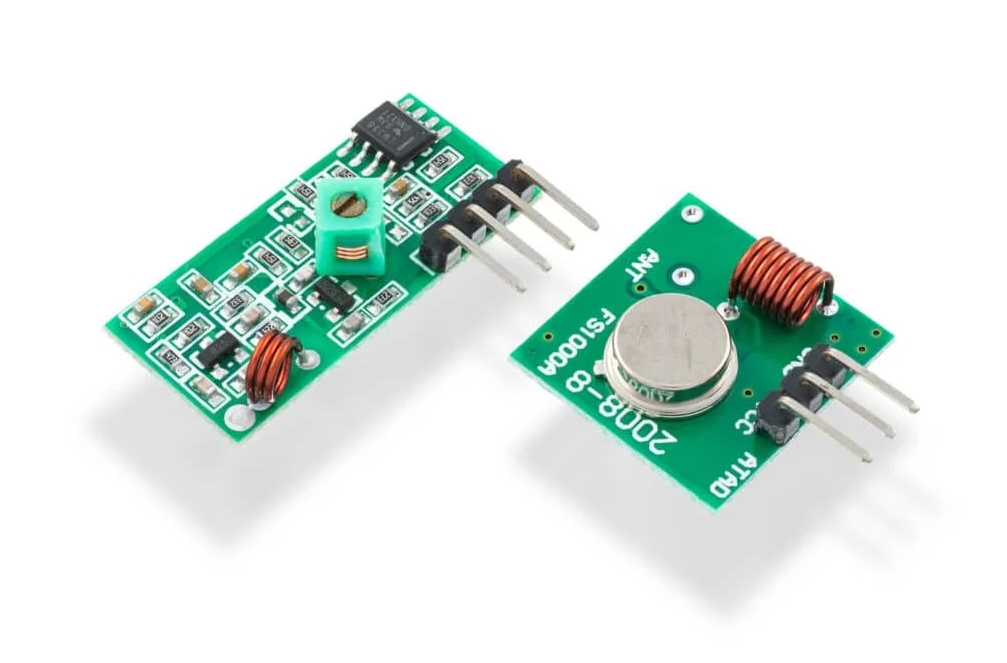
Performance Comparison
Enterprises must evaluate throughput, latency, power consumption, and deployment costs to optimize their operations. WiFi 7 delivers the highest speed but consumes more energy. Cellular IoT strikes a balance between coverage, speed, and power. LPWAN optimizes range and battery life at the expense of bandwidth. For industrial IoT requiring real-time control, WiFi 7 modules may be preferable. For widespread, low-power sensor networks, LPWAN is the dominant technology. Cellular IoT modules remain the most flexible for mixed urban and rural deployments. Choosing the correct Wireless Modules depends on specific application requirements.
Security Considerations
Security is critical for all wireless deployments. WiFi 7 supports WPA3 encryption and improved authentication protocols. Cellular IoT modules utilize SIM-based authentication and network encryption, providing robust data protection. LPWAN modules often integrate AES-128 encryption for data transmission. Enterprises must verify module compliance with standards such as ISO/IEC 27001 or NIST guidelines. Selecting secure Wireless Modules mitigates risks of data breaches, ransomware, and unauthorized access.
Integration and Interoperability
Integration ease determines deployment speed and maintenance efficiency. WiFi 7 modules often require compatible routers and infrastructure upgrades. Cellular IoT modules depend on carrier networks, SIM provisioning, and IoT platforms. LPWAN modules require gateways for connectivity to cloud servers. Assessing interoperability ensures seamless operation across devices and networks. Using compatible Wireless Modules reduces integration overhead and accelerates time-to-market.
Cost and Scalability
Cost considerations include module pricing, network subscription fees, and maintenance. WiFi 7 modules have higher upfront costs and energy requirements, but excel in high-bandwidth applications. Cellular IoT strikes a balance between price and coverage, while LPWAN remains the most economical option for large-scale sensor networks. Scalability depends on network capacity and module density. Selecting scalable Wireless Modules enables enterprises to expand deployments efficiently while controlling expenses.
Future-Proofing Your IoT Strategy with Wireless Modules
As 2025 approaches, enterprises must anticipate evolving network standards, increasing device density, and security threats. WiFi 7 will dominate bandwidth-intensive applications. Cellular IoT will handle mobility and moderate data needs. LPWAN will continue powering long-range, low-power devices. Evaluating throughput, power consumption, cost, security, and integration ensures the optimal selection of modules. Incorporating flexible Wireless Modules now secures long-term reliability, scalability, and performance for smart devices and IoT deployments.


